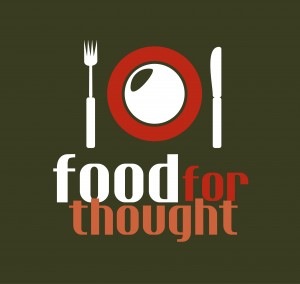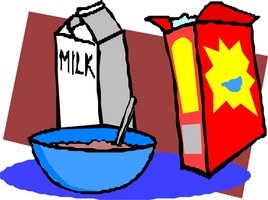 Are you afraid to eat out for fear of “blowing your diet” or because you think there aren’t good choices to be had? Are you tired of hearing that you shouldn’t go to restaurants if you want to control what you eat?
Are you afraid to eat out for fear of “blowing your diet” or because you think there aren’t good choices to be had? Are you tired of hearing that you shouldn’t go to restaurants if you want to control what you eat?
Choices
You can choose to eat out and eat well. You are responsible for making good choices for yourself.
Your first choice is when you select which restaurant to go to (do you want grilled fish or a huge plate of pasta). The second round of choices come when you’re inside the door and confronted with the menu, the breadbasket, and the portions.
Restaurant Meals
I eat out a lot. After years of cooking for a very active family of five, I’m quite happy not to cook every night. I actually find it easier to control my portions and calorie consumption when I eat out in restaurants.
I follow a number of unwritten guidelines that, over time, have become habits.
I eat in the restaurant rather than ordering in or bringing prepared food home. It is too difficult to eyeball portions when they arrive as full containers and it is far too easy to eat too much by finishing off the last bits rather than saving or tossing the leftovers.
Select Wisely
I pick my everyday restaurants carefully and I’ve developed relationships with the wait staff. I certainly go to special restaurants on occasion and really enjoy the fantastic food – but that’s not my everyday fare. My “everyday” restaurants serve food that is friendly to my eating patterns.
They offer a range of lean proteins and vegetables and are amenable to swaps. My local diner is so used to me ordering a side of spinach instead of home fries with my eggs that they bring it without my asking. They make food swaps with pleasure – not with grumpiness. I’m a good customer and ask very politely.
I don’t let the breadbasket even land on the table (if I’m eating with others it goes near them — my husband agrees with the breadbasket taboo). Bread is way too difficult to resist when it’s staring you in the face and can add hundreds of calories before you get to the main course.
I usually drink iced tea, water, diet coke (yep, I like it), or a glass of wine. These choices account for zero to around 120 calories for the wine (one restaurant sized glass).
If I do have dessert at an “everyday” restaurant, it’s berries in season. If they’re not sweet enough I sprinkle a little Splenda on them – which makes my husband wince, but I find quite satisfying.
By no stretch of the imagination am I so controlled that I eat plain lean proteins and steamed vegetables all of the time. Far from it – but for routine meals, I try to stay away from sauces, dressings, and sides of pasta, rice, or potatoes. When I really “dine” at the finer restaurants, I deliberately choose (not always successfully) to limit either the number of courses or the portion size. I attempt – again, not always successfully – to lay off the bread and control the liquid and dessert calories — often choosing either an appetizer or a dessert.
When I’m with other people who are ordering an appetizer and an entrée I often will order two appetizers instead — a practice that is so common that most waiters don’t even blink an eye. I find that if food is in front of me I’ll eat it – especially if it’s a lengthy meal. The smaller the portion in front of me (appetizer size) the less I eat. Still tastes darn good.
No Trauma
Don’t let the thought of eating out be traumatic. Restaurants exist to serve you meals and it is up to you to choose which one to go to and what you will eat when you get there.
If you know you’re going to go for broke because you’re eating at a special place – or just because you want to – don’t freak out. Eat and enjoy — you can always compensate by controlling what you eat earlier in the day or the next day. Be careful about depriving yourself — you don’t want to feel so “cheated” that you end up raiding the fridge when you get home and chowing down on more calories than if you had eaten a full meal in the restaurant.



